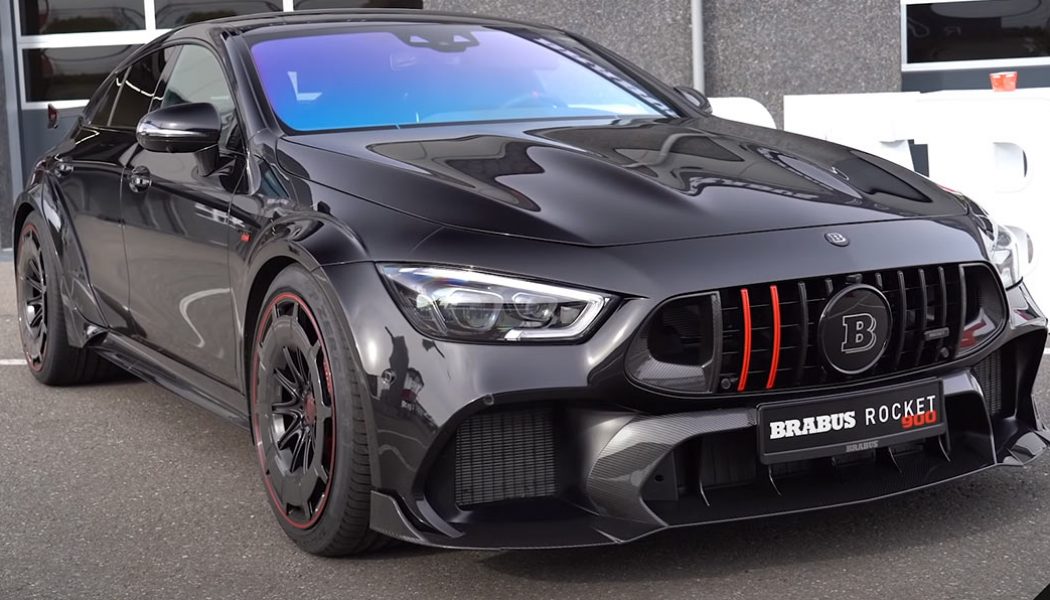The Chevrolet Monte Carlo is like your dad. Chances are you think of it in its later years—uncool, unremarkable, and incapable of getting a second look from the hottie that your mom once was. No question, the 1995-2007 front-drive Monte Carlos were about as uptight as a car could possibly be.
But the earlier Montes—1970-1988, and particularly the 1980s cars—now those were hot stuff for young Cassanovas like your dad.
Birth of the Chevrolet Monte Carlo
The Monte Carlo first appeared for the 1970 model year as a follow-on to Pontiac’s first “personal luxury” car, the Grand Prix. The Grand Prix was the brainchild of John Z. DeLorean, who by this time was running Chevrolet, though he wasn’t involved in the Monte’s development. The latter was a response to new trends in the auto business: Even before emissions killed horsepower, young up-and-comers were moving away from muscle cars and toward attainable luxury cars. They were less interested in impressing the neighbors and more interested in impressing themselves—the birth of the “me” generation.
The Chevrolet Monte Carlo Evolves
The Monte was restyled in 1973 with strong fender lines and an intentional resemblance to the Cadillac Eldorado. Chevrolet benchmarked the Mercedes 280SEL for front-suspension design and handling, which seems rather laughable today. But we named the Monte Carlo its 1973 Car of the Year based largely on its epic styling and good-for-the-times road manners. The second-gen Monte was only in production for five model years, but it became a 1970s design icon.
The Monte Carlo was downsized for 1978, along with all of GM’s other mid-size cars, and once again its styling made it look a lot like an Eldorado, though the old Monte’s classic fender lines were seared indelibly into the sheet metal. If you were willing to double the sticker price with options, it really was a poor man’s Eldo. But it was the 1981 restyle that really brought the G-body Monte Carlo into its own. With quad headlights, more subtle fender creases, and a reproduction of the ’73 taillights, the Monte Carlo hit a new level of cool.
What was it that set the ’81-88 Monte Carlo apart? Perhaps it was the fact that, in the midst of a massive shift in the automotive landscape as automakers scurried to embrace small front-wheel-drive cars and to meet the imports on their own battlefront, the Monte Carlo remained stubbornly traditional. It wasn’t a throwback by any means; rather, it was old-school cool.
The car seemed oblivious to the changes going on around it. As the ’80s dragged on, cars became more rounded, more space-efficient, and less distinctive. But the Monte Carlo was a throwback, and damn proud of it: Boxy and upright, with a ladder frame, rear-wheel drive, and block-long overhangs fore and aft of the axles. Some might have thought it old-fashioned, but no one would say so to the Monte Carlo’s face. The Monte Carlo was a bad-ass, and it imbued whoever drove it with that same bad-assedness.
Chevrolet Monte Carlo Performance
There was, of course, a factory hot-rod version of the Monte Carlo—the Monte Carlo SS, introduced in 1983, which had a 175 horsepower 305 (5.0-liter) V-8 and a “Euro-style” aerodynamic front fascia. Technologically, the Monte Carlo SS was nowhere near as interesting (or as fast) as Buick’s turbocharged Grand National and GNX, but it was a much better seller. The SS bred the glass-back Aerocoupe as a NASCAR homologation special, of which Pontiac had its own version. The Monte even got a 170-hp version of the Grand National’s turbo V-6 for 1980 and 1981, and for true masochists, it could be had with both V-6 and V-8 versions of Oldsmobile’s infamous diesels.
Chevrolet Monte Carlo Sales
While I don’t have the sales numbers in front of me, I’d be willing to bet that the vast majority of fourth-gen Montes went out the door with a humble 110-hp, 3.8 liter V-6 and a TH-200 automatic transmission, a combination that offered sluggish acceleration and all-but-guaranteed premature transmission failure. Montes did use Chevrolet’s 3.8- and 4.3-liter V-6s, which were a darn sight more durable than the failure-prone 3.8-liter Buick V-6 used in other versions of the G-body. That Buick engine would later be revamped as the 3800, and it would go from being one of GM’s worst engines to one of its best. But the pokey V-6 fueled the Monte Carlo’s success.
Monte Carlo sales waned as the 1980s wore on, and it was quietly killed in mid-1988 as the compact front-drive Beretta stepped in as Chevy’s youth-market coupe. But the Monte Carlo remained popular, not just because of its squared-off vintage vibe, but because it was among the last of the cool domestic coupes that offered good engine-swap possibilities.
Any aspiring hot-rodder could buy a six-cylinder Monte Carlo on the cheap, then drop in a built-up Chevrolet small-block V-8 and back it with a stout THM-350 transmission. Fit a set of glasspacks and 4:11 rear-end gears, bribe the local smog shop, and you now had proper Saturday-night credibility, a car with modern overtones that would chirp its tires into second gear just like a classic muscle car. And even if a Monte Carlo driver didn’t have the bucks for a 350 with a Holley double-pumper and chrome “Heartbeat of America” valve covers, he had plans—and plans plus a Monte were enough to make you cool.
Chevrolet Monte Carlos Today
So what happened to all those dream-laden Monte Carlos? They’ve sparked quite a bit of interest in the low-rider community, which should come as no surprise. Unmolested SS models, meanwhile, remain easy to find and surprisingly cheap. If you remember how popular these cars were in the late ’80s and early ’90s, you are probably surprised there isn’t more nostalgia for them. I guess for most owners, they served their purpose long ago. After all, your mom married your dad, right?
| 1981 Chevrolet Monte Carlo Specifications | |
| PRICE | $7,299 (base) |
| ENGINE | 3.8L OHV 12-valve V-6/110 hp @ 4,200 rpm, 170 lb-ft @ 2,000 rpm |
| TRANSMISSION | 3-speed automatic |
| LAYOUT | 2-door, 6-passenger, front-engine, RWD coupe |
| L x W x H | 200.4 x 71.8 x 53.9 in |
| WHEELBASE | 108.1 in |
| WEIGHT | 3,102 lb |
| 0-60 MPH | 15.0 sec (est) |










